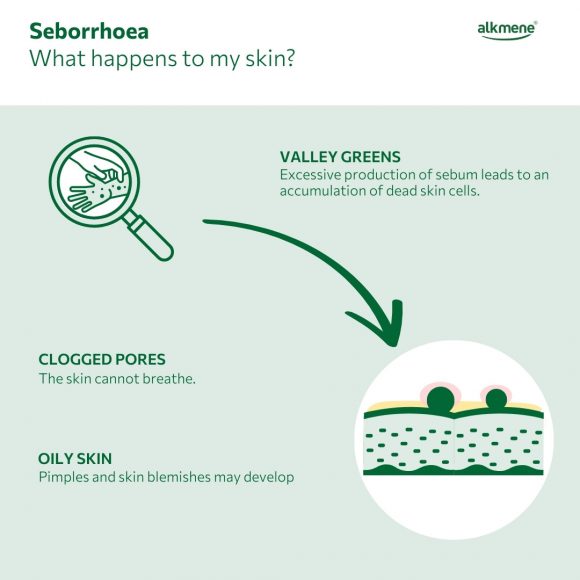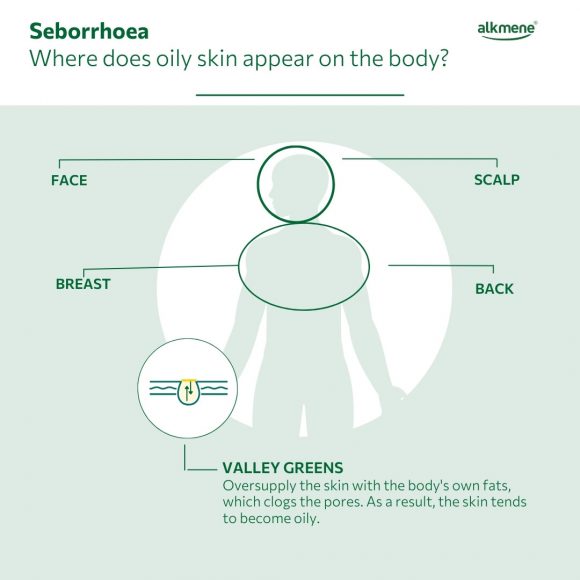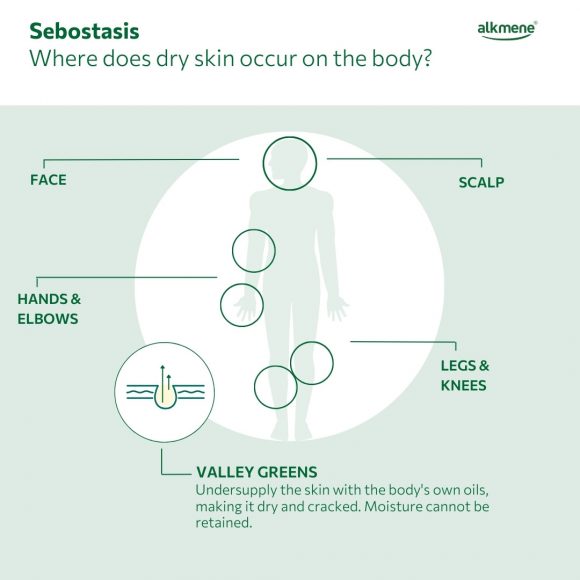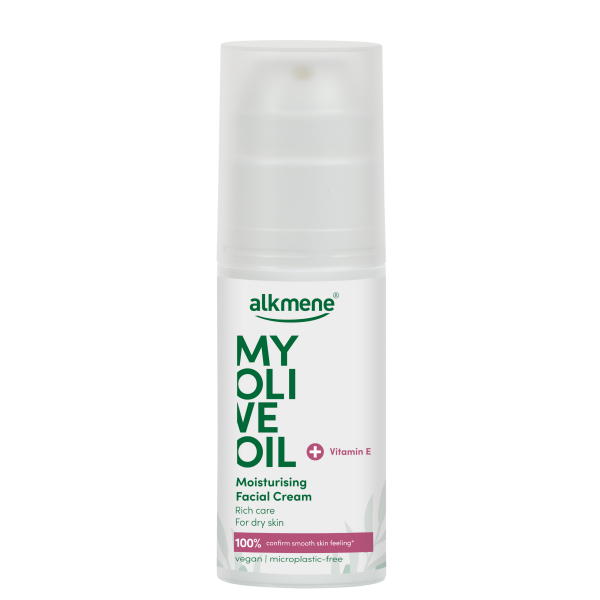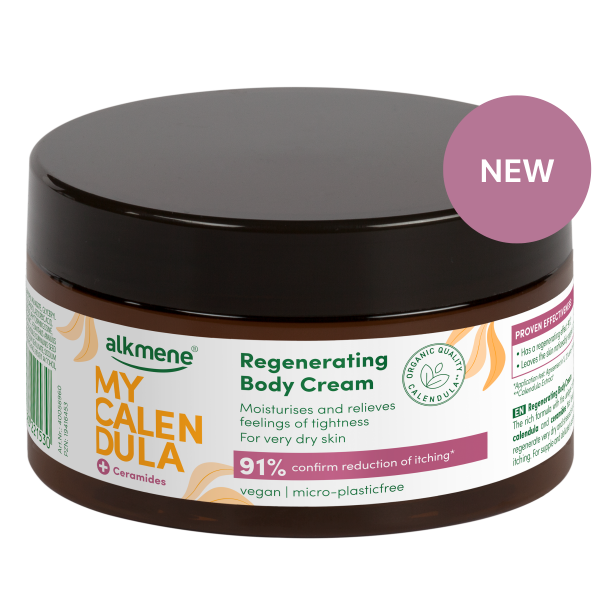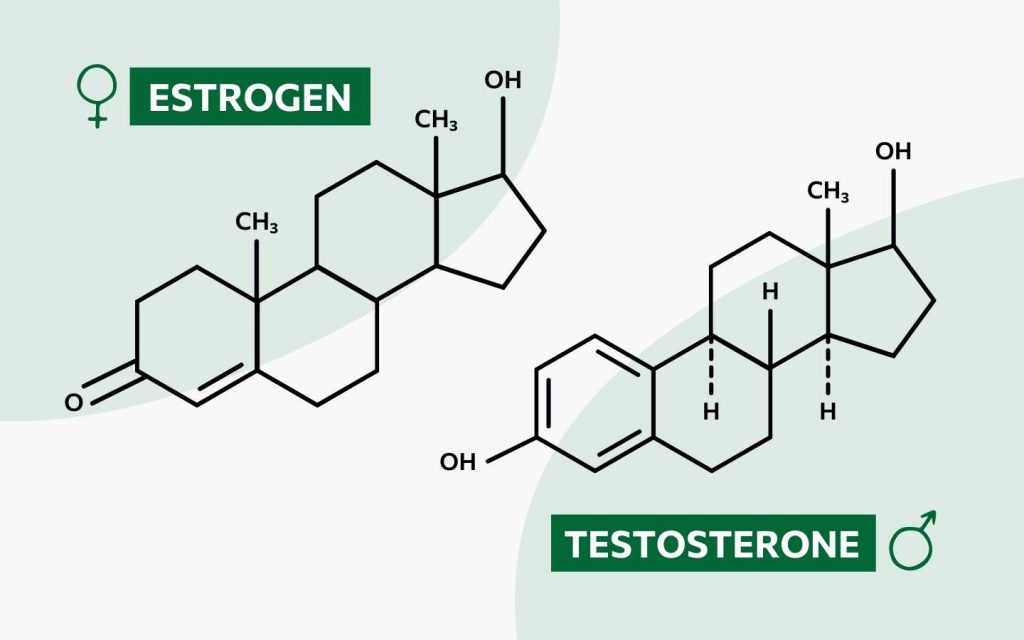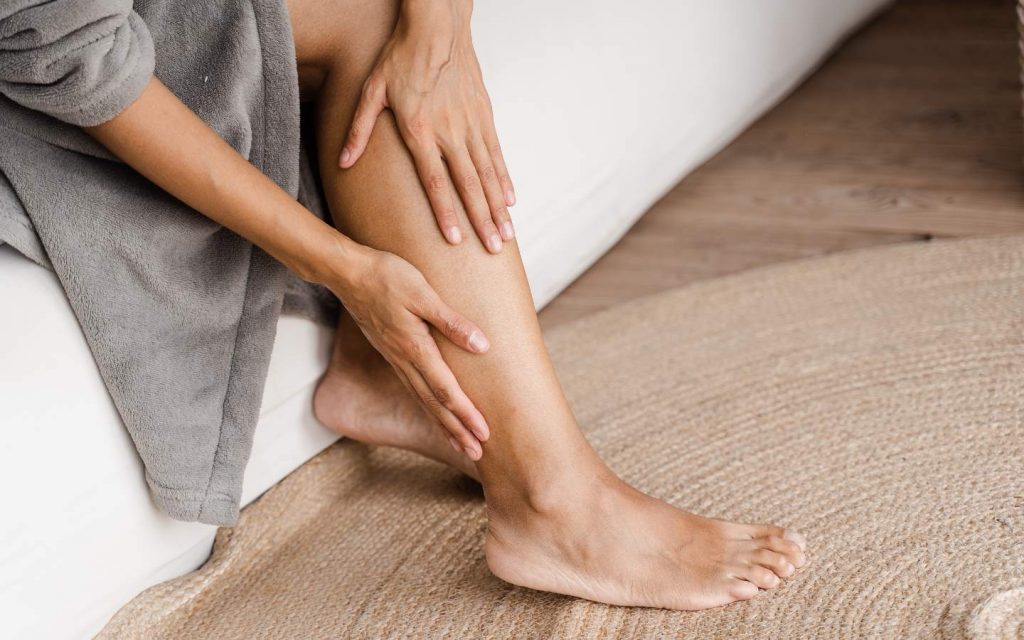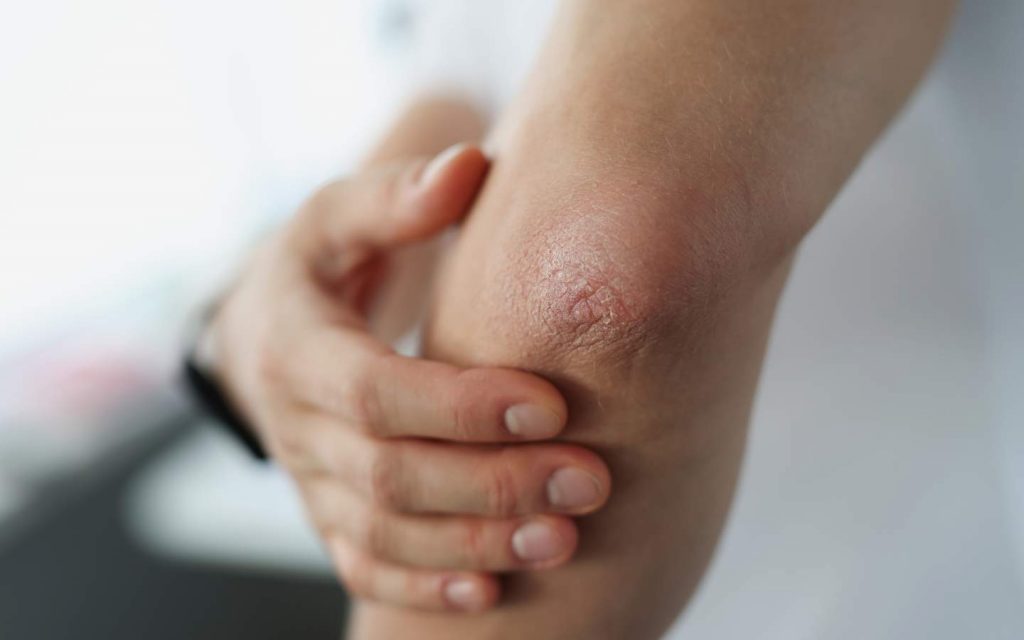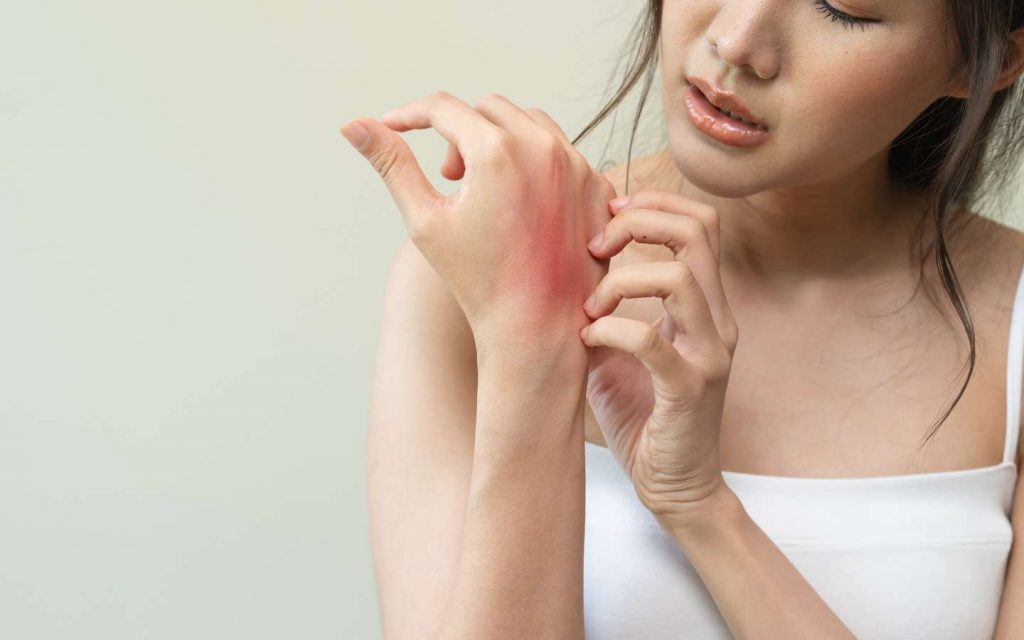
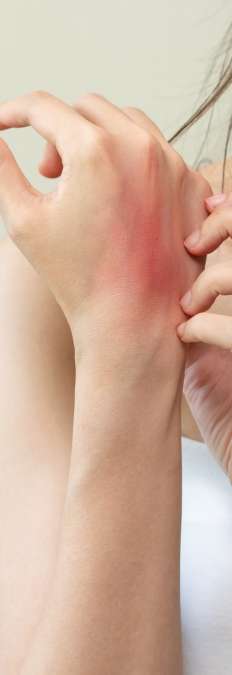
Are you constantly struggling with red or dry patches of skin that just won’t go away? Or is the opposite the case for you and you tend to have oily skin and blemishes? Both could be due to an imbalance in your skin’s moisture or sebum balance. In this article, you will find out how these skin conditions develop and how they affect you if your skin’s natural balance is disturbed.
What are the causes of sebum overproduction and sebum underproduction?
Sebum is a natural substance consisting of a mixture of fats and proteins. It is produced by the sebaceous glands and forms a protective layer that prevents the skin from drying out. At the same time, sebum helps to lock in moisture and protect against external influences such as bacteria. A balanced amount is therefore very important. You can find out what happens when there is an overproduction or underproduction of sebum in the next section.

INFO: If you suspect that you have a form of seborrhoea, we recommend that you speak to your doctor. They can help with diagnosis and treatment.
What are the causes of sebostasis?
Skin with fine pores is often admired for its smooth texture and even radiance. Dry skin is considered ideal, especially for teenagers, as it has fine pores and is less prone to blemishes. It has a matte appearance and is not shiny – although this is not always a positive aspect, as dry skin can also be a challenge. Sebostasis can cause the skin to have dry patches or flakes as the sebaceous glands are unable to produce enough sebum for the protective layer. As a result, the skin is very cracked and requires intensive care. Fungi and bacteria can penetrate more easily and cause further inflammation. Those affected may experience a slight feeling of tightness, which can intensify to the point of itching and burning. The skin loses elasticity and there is a higher risk of it becoming inflamed.
Treatment and tips
Here is an overview: Seborrhoea and sebostasis are opposing skin conditions, with seborrhoea characterised by excessive sebum production and oily skin, while sebostasis results in reduced sebum production and dry skin.
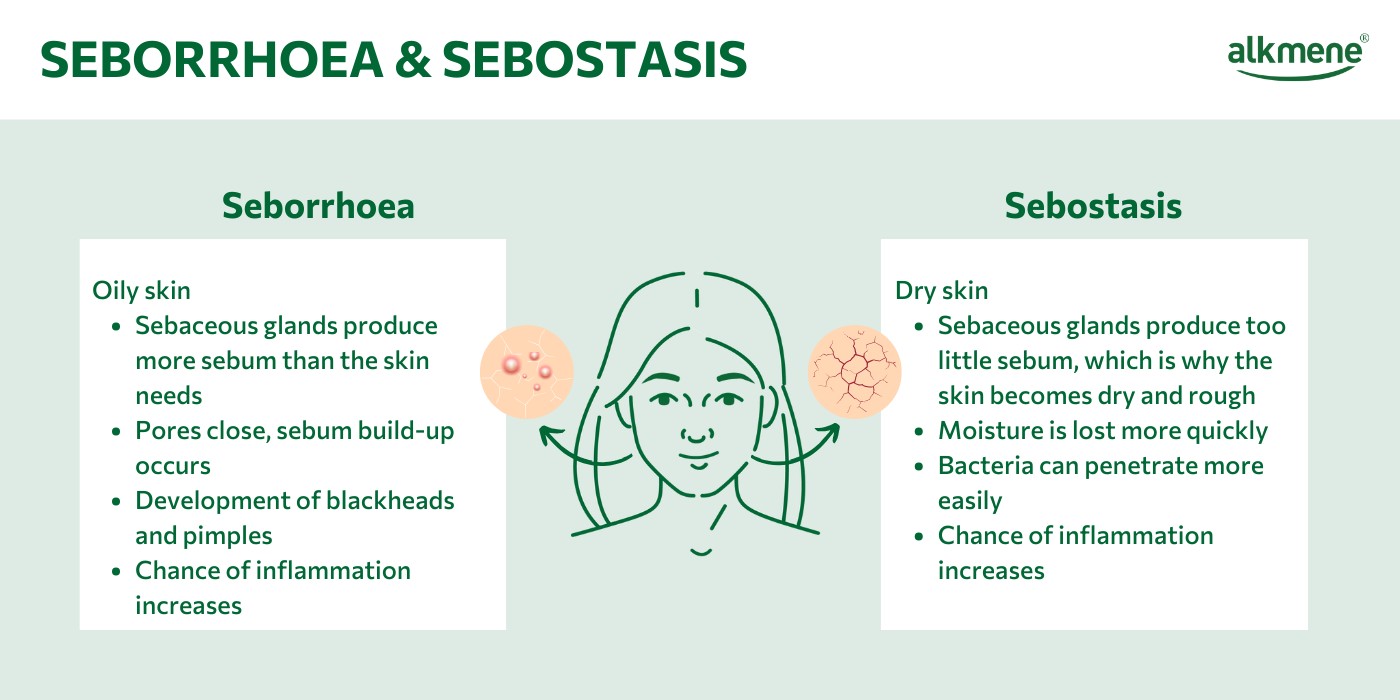
For seborrhoea
Seborrhoea is treatable, but not permanently curable. Nevertheless, the following tips can alleviate the symptoms:
UV rays can regulate sebum production and reduce the skin’s inflammatory reactions, which can lead to an improvement in the skin’s appearance. The seawater has antiseptic properties and can remove excess sebum and dead skin cells, cleansing the pores.
Did you know that washing too often can increase sebum production even more? A vicious circle in which the scalp tries to compensate for the loss. Avoiding daily hair washing helps to preserve the scalp’s natural oils. It reduces irritation as the scalp has the opportunity to soothe itself, reducing the chance of inflammation. The scalp can learn to regulate its sebum production and thus regain its balance.
It is very important that affected areas of skin are cleansed regularly so that the pores do not become blocked. A mild cleansing gel containing soothing and anti-inflammatory ingredients such as zinc PCA should be used for this purpose. Our deep cleansing wash gel causes the pores to contract and regulates sebum production.
Did you know that oily skin also needs moisturising? It is particularly important to find the right face cream for your face. Make sure that the cream is non-comedogenic. Our skin-refining face cream contains tea tree oil, which has an antibacterial and anti-inflammatory effect. This eliminates impurities in the long term and moisturises your skin at the same time.
When you are stressed, your body releases special hormones that increase sebaceous gland activity, which increases overproduction and blemishes. In the long term, you weaken your immune system, making inflammation easier to occur. It is already stressful for your body if you are constantly changing products and trying out lots of different things to restore your skin’s balance. So choose the right products for your skin needs right away. With a skincare routine, you have products that are perfectly coordinated with each other and provide your skin with optimal care and nourishment. You can find out more about skin blemishes caused by stress in this article.
Excessive sugar consumption can increase insulin levels in the blood, which triggers a hormonal reaction in the sebaceous glands and can favour oily skin and blemishes. You can find everything you need to know about skin and nutrition here: Diet for pimples: These foods can be culprits or helpers.
For sebostasis
Dry skin cannot be completely cured and can recur time and time again, but weekly skin care baths with medicinal bath additives can significantly improve the skin’s appearance and alleviate the symptoms. You can find more tips for dry skin caused by sebum hypersecretion here:
You should use a face cream that is especially suitable for dry to very dry skin and consists mainly of natural ingredients. Additives such as parabens and silicones should be avoided in order to keep the skin soft and supple for a long time. Our moisturising face cream with olive oil can support your skin here. It is dermatologically tested and absorbs quickly without leaving a film.
A healthy, balanced diet, plenty of water and tea also help to keep your skin in balance.
You can support your skin with nourishing baths. Baths should last no longer than 20 minutes and the water temperature should be between 33 and 35°C. After the bath, gently dab the skin instead of rubbing it dry to preserve the valuable oils.
The skin tends to become dry and rough, especially in the colder months of the year. Regular moisturising is particularly important to preserve the skin’s natural moisture and protect it from external influences. Elbows and knees are often forgotten when moisturising. These areas are known to dry out easily. Our intensive cream with olive oil and vitamin E is particularly suitable for such areas, as it not only relieves the feeling of tightness, but also provides the skin with long-lasting moisture.
If the dry patches of skin persist or even worsen despite careful care, a dermatologist should be consulted who can help with the treatment.
Whether seborrhoea or sebostasis, oily or dry skin – with the right care and a little patience, your skin will slowly recover and regain its balance! Stay positive!
What skincare does my skin need?
Find the perfect skincare line for your skin here:
If you have oily skin that is prone to blemishes, we recommend our MY TEA TREE OIL skincare products.
For dry skin that tends to crack, we recommend our MY OLIVE OIL skincare products.
